The Math Behind Wall Street by Nicholas Teebagy
$25.00
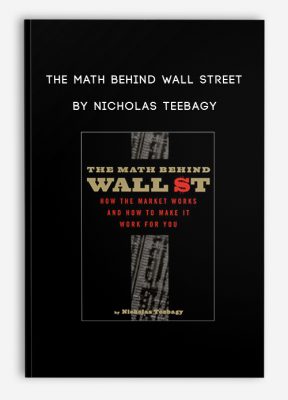
The Math Behind Wall Street by Nicholas Teebagy
Get The Math Behind Wall Street by Nicholas Teebagy at Salaedu.com
Forex Trading – Foreign Exchange Course
You want to learn about Forex?
Foreign exchange, or forex, is the conversion of one country’s currency into another.
In a free economy, a country’s currency is valued according to the laws of supply and demand.
In other words, a currency’s value can be pegged to another country’s currency, such as the U.S. dollar, or even to a basket of currencies.
A country’s currency value may also be set by the country’s government.
However, most countries float their currencies freely against those of other countries, which keeps them in constant fluctuation.
In The Math Behind Wall Street, Nick Teebagy speaks intelligently to investors at all levels of experience. A mathematician, Teebagy begins by exploring key terms ranging from statistics and probability to covariance and correlation, and then connects them to the way the stock market actually works. The book builds on each lesson to reinforce general knowledge and prepare the reader for more challenging ideas. As investors increasingly understand how to deal with concepts such as uncertainty and standard deviations, the numbers become less intimidating and Wall Street loses its menace. This book can help investors and advisors make smart decisions and minimize their risk.
Amazon.com Review
By outlining and explaining the enigmatic terms and concepts used to track and ultimately determine stock movements, The Math Behind Wall Street: How the Market Works and How to Make it Work for You, by Bentley College mathematics professor Nicholas Teebagy, is designed to provide average investors with financial tools that usually are the province of professionals. Intimidated by the likes of ARCH/GARCH models and neural networks? Don’t be. Teebagy begins by describing the basics of probability and risk in order to clarify the way that uncertain future events are taken into account to form a well-reasoned investment analysis. In clear language, and with the welcome assistance of numerous charts and graphs, he then goes on to specify how all this can be used to calculate the potential performance of an entire portfolio. Lastly, he offers an introduction to advanced topics such as the aforementioned ARCH/GARCH models (for tracking periods of continued volatility) and neural networks (which attempt to imitate the way human brains process information). While not for the fiscally faint of heart, this short but information-packed volume will assist serious investors as they try to keep ahead of evolving market trends. –Howard Rothman –This text refers to an out of print or unavailable edition of this title.
Get The Math Behind Wall Street by Nicholas Teebagy at Salaedu.com
1 review for The Math Behind Wall Street by Nicholas Teebagy
Add a review Cancel reply
Related products
Forex - Trading & Investment
Paul Lemal – Bottom Springers. Bonsai Elite WaveTrader Course (8 DVDs & Manuals)
Forex - Trading & Investment
Forex - Trading & Investment
Forex - Trading & Investment
Mike McMahon – Professional Trader Series DVD Set (Full) (tradingacademy.com)

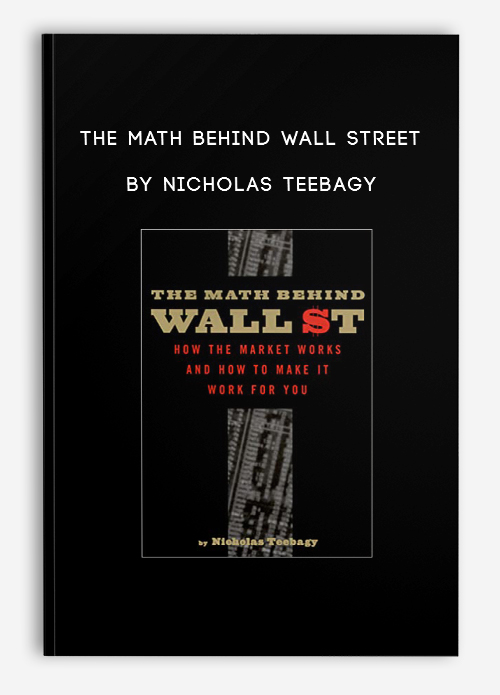


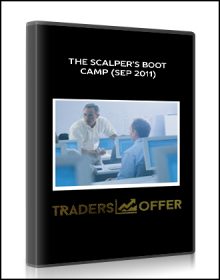
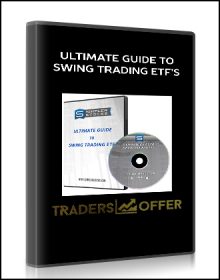
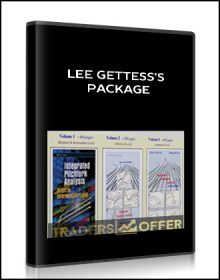
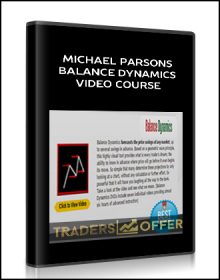
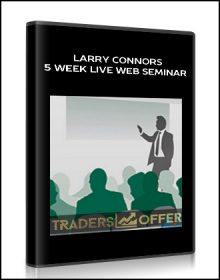

Trevis Trevis –
We create this shop with the mission: Bring the courses to 500 millions of people in the world, to help them awake their power and change their